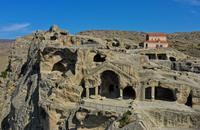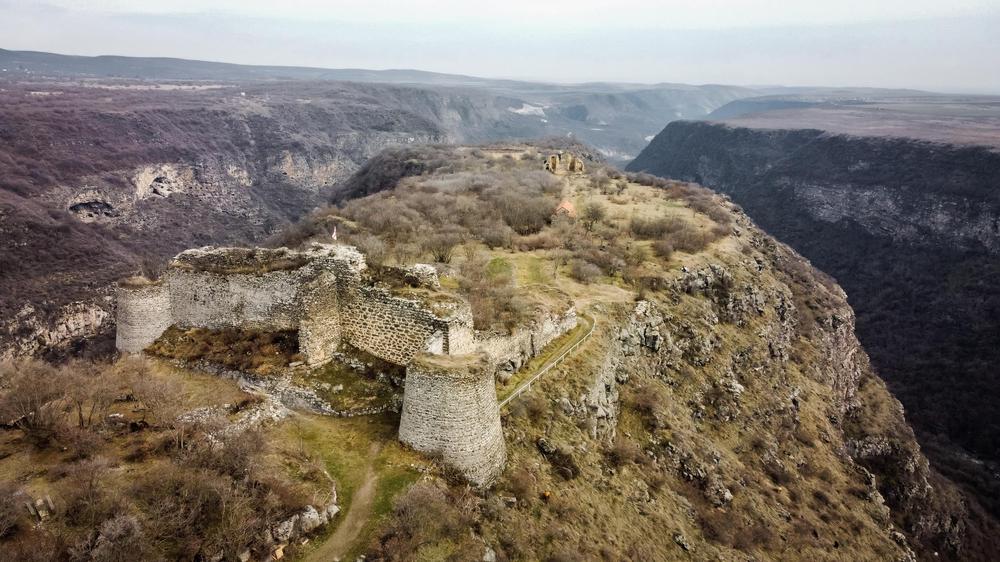In the heart of Georgia's Kvemo Kartli municipality lies a cultural gem that bridges past and present: the Bolnisi Museum. This institution captures the essence of human development, from the Stone Age to modern times. Situated in Bolnisi, a town rich in history, the museum was inaugurated in 2020 under the vision of architect Gaga Kiknadze, quickly becoming one of Georgia's most prominent cultural spaces.
The museum's permanent exhibitions reveal the layers of human history, showcasing artifacts from nearby archaeological sites such as Dmanisi, Arukhlo, and Sakdrisi. These discoveries provide insights into early Georgian life, including the emergence of agriculture, the evolution of metallurgy, and the architectural ingenuity of early Christian builders. The story begins with the first hominins, who roamed the region 1.75 million years ago, and continues through millennia, encompassing Bronze Age artifacts, medieval inscriptions, and a fascinating account of German settlers who arrived in Bolnisi two centuries ago.
Inside the museum, each hall tells a story. The first room presents stone tools, jewelry, and pottery dating back thousands of years, while the second focuses on the development of the Georgian script and literary treasures. Highlights include the 1712 edition of "The Knight in the Panther's Skin," a masterpiece central to Georgian cultural identity, and a commemorative edition of "The Martyrdom of the Holy Queen Shushanik," translated into numerous languages and celebrated for its early depiction of women’s rights.
Beyond the displays, the Bolnisi Museum connects past and present through its innovative design and community-focused approach. Visitors can explore its laboratories, auditorium, café, and open veranda, which serve as spaces for education and dialogue. Programs for children and students foster curiosity and learning, while cultural-educational events draw people from across the region.
One unique feature is the museum's media library, established in collaboration with the German Goethe Institute, which underscores the enduring bond between Bolnisi's German community and Georgia. This international connection earned the museum a nomination for "The European Museum of the Year Award 2022," affirming its relevance beyond national borders.
Bolnisi’s historical narrative extends into the broader European context. It’s not just a local story but one of cultural networks that span continents. The museum serves as a reminder of Georgia’s role as a crossroads of civilizations, where stories of farmers, artisans, and emigrants converge to create a shared heritage.
Located at 48a Davit Agmashenebeli Street in Bolnisi, the museum is a must-visit for anyone exploring Georgia. Its unique blend of archaeology, education, and storytelling makes it an essential destination for understanding not only Georgian history but also its place in the wider world.













